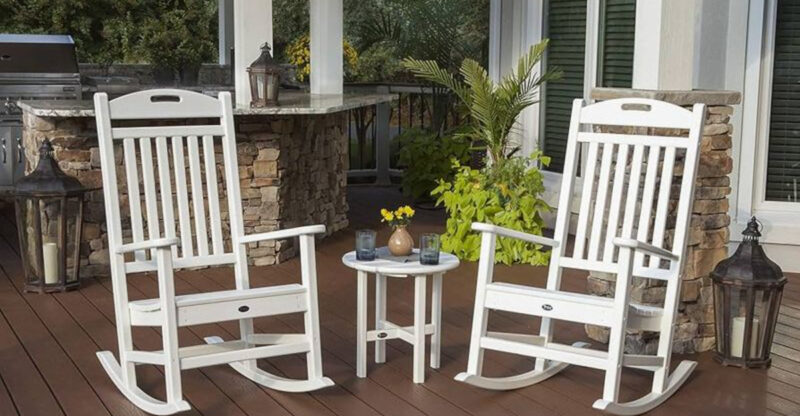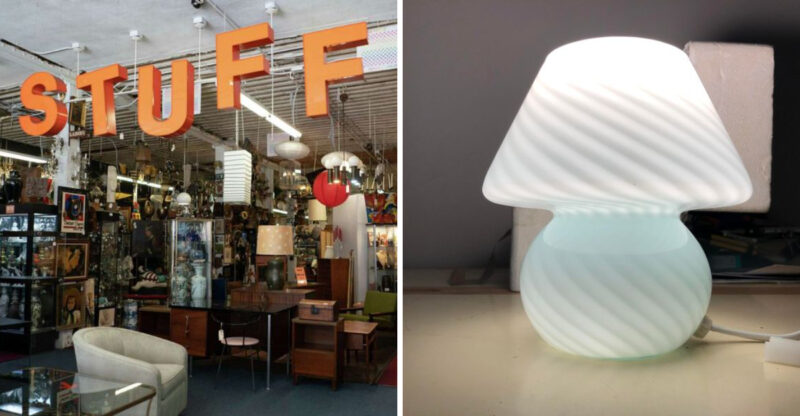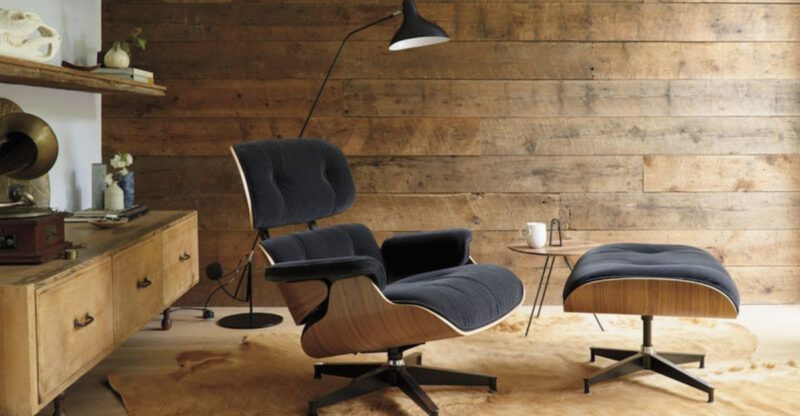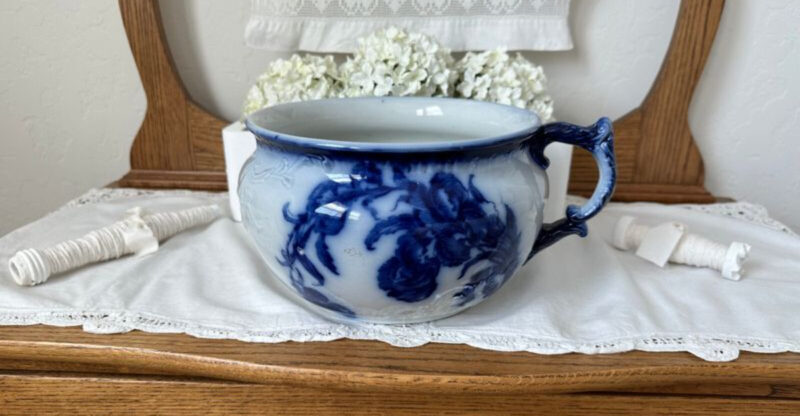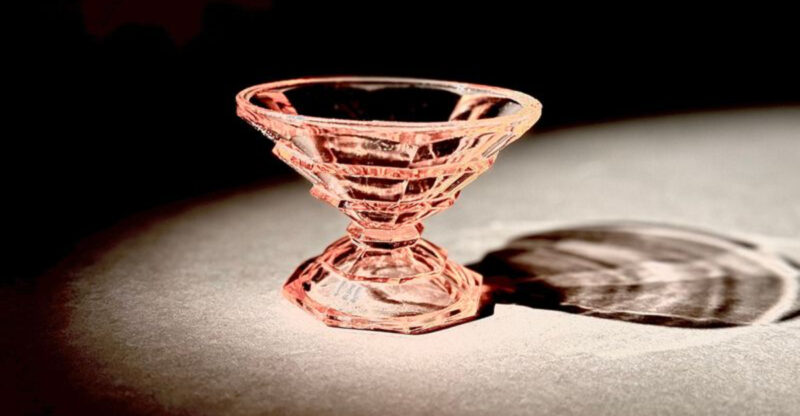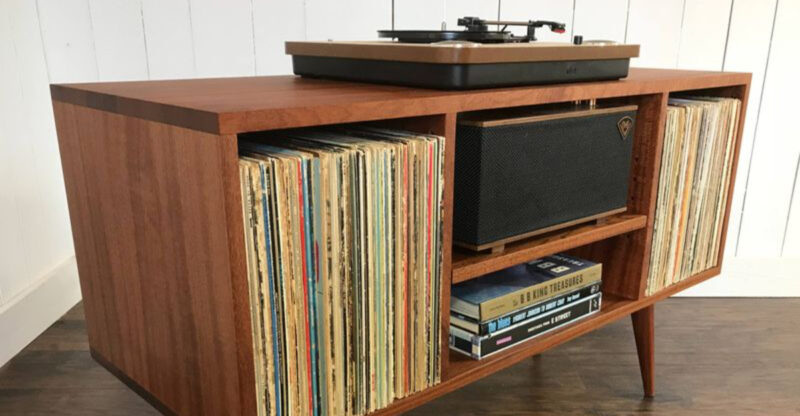16 Old-Fashioned Household Items That Won’t Make You Rich And 5 You Shouldn’t Bother With
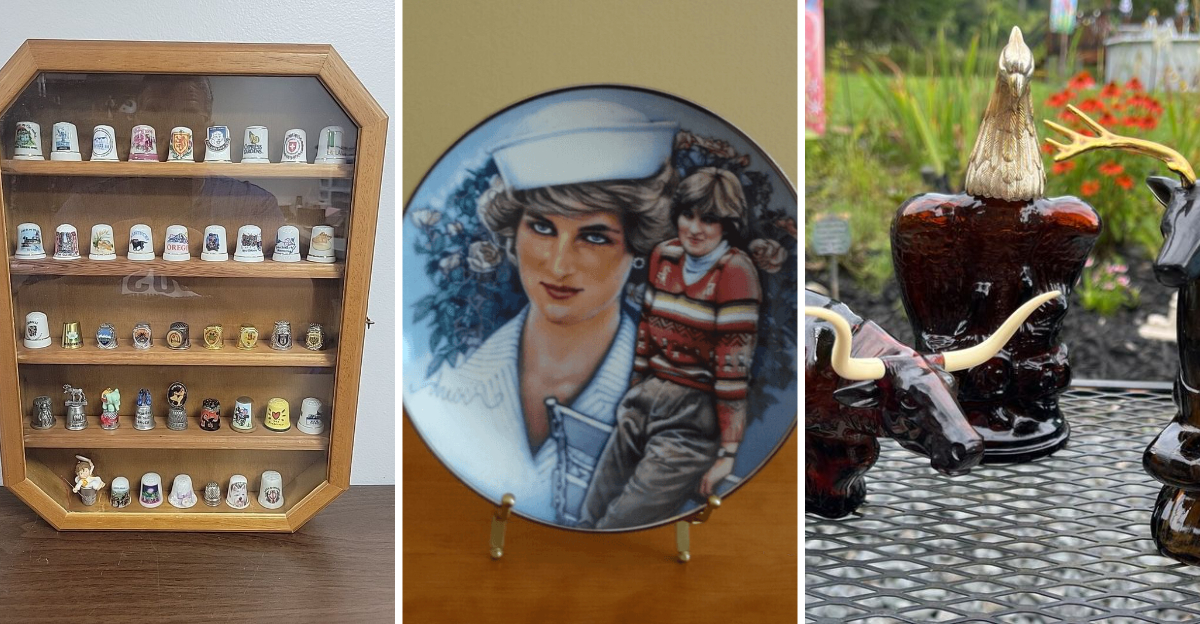
Ever poked around your grandma’s attic and wondered if those quirky old knickknacks could make you rich? You’re not alone.
While some vintage treasures do fetch eye-popping prices, most of those charming relics from the past are more sentimental than valuable. The truth is, not everything old is gold and knowing what to skip can save you time, space, and a whole lot of disappointment.
Let’s take a look at the nostalgic household items that look like hidden gems but won’t buy you that dream vacation anytime soon.
1. Crystal Candy Dishes
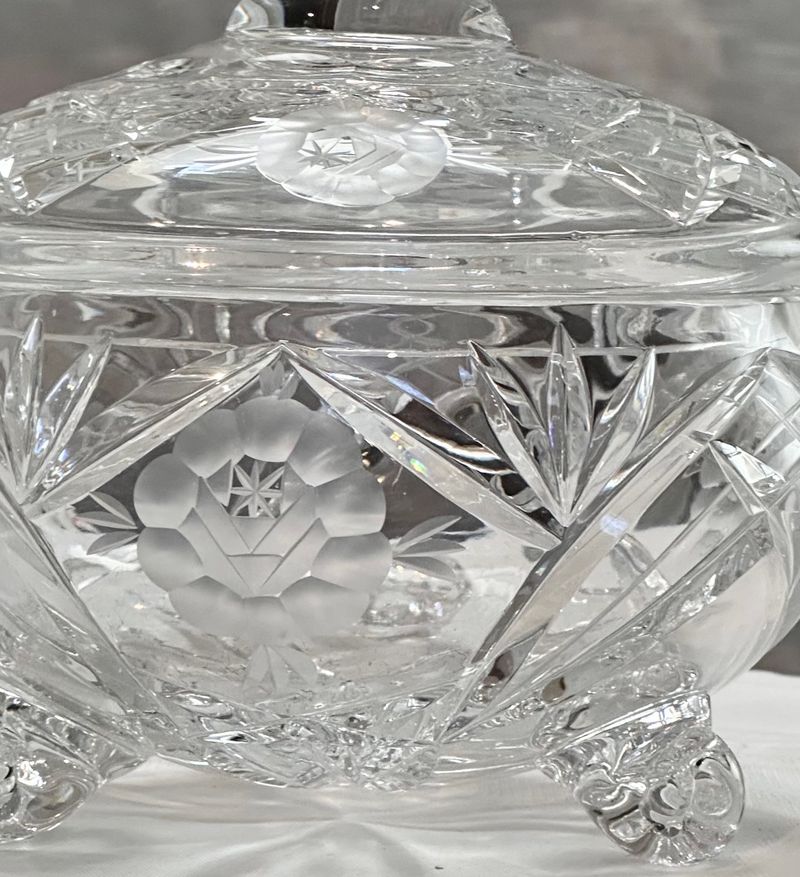
Grandma’s fancy crystal dish might sparkle beautifully, but don’t expect it to attract diamond-level prices. Most crystal candy dishes from the mid-20th century flood today’s antique markets, making them pretty common finds.
The average piece sells for just $10-25 depending on condition and pattern. Even well-known brands like Indiana Glass or Anchor Hocking rarely command premium prices unless they’re exceptionally rare patterns.
While these dishes add vintage charm to your home, they won’t fund your next vacation. If you inherited one, enjoy using it for nuts or mints rather than rushing to sell it. The sentimental value likely exceeds its market worth anyway!
2. Silver-Plated Cutlery Sets
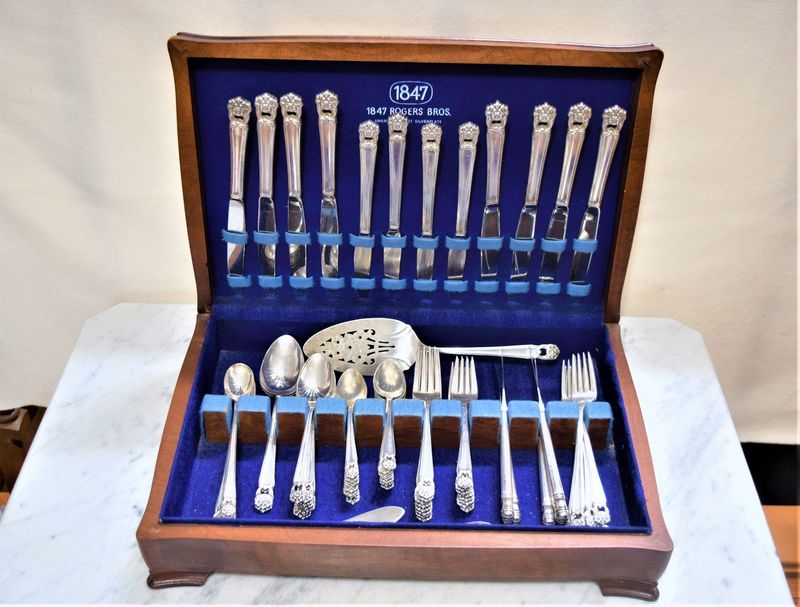
Those tarnished forks and spoons in grandma’s drawer aren’t your ticket to riches. Silver-plated flatware, while elegant, rarely commands high prices in today’s market. Most sets from the 1950s-1970s sell for a fraction of their original cost.
Patterns like Rogers 1847 or Oneida Community fill antique malls nationwide, typically fetching $50-100 for complete service sets. The plating wears down over time, making most pieces more decorative than valuable. Plus, younger generations simply aren’t interested in formal dining accessories that require hand washing and polishing.
If you own a set, consider actually using it for special occasions rather than hoping for a windfall. The craftsmanship deserves appreciation, even if the monetary value disappoints.
3. Porcelain Figurines
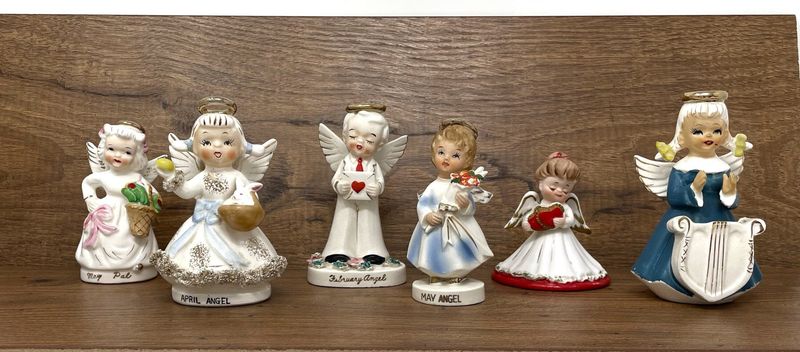
Those dainty porcelain ladies and gentlemen look charming on display shelves, but they’re unlikely to fund your retirement. Mass-produced figurines from companies like Lefton, Napco, and Royal Copley flooded American homes in the mid-20th century.
Most of these common pieces sell for $10-30 today, despite their delicate appearance. Only rare examples from prestigious makers like Meissen or early Hummel figurines retain significant value. The market has become particularly saturated as older collectors downsize and younger generations show limited interest in these dust-collectors.
If you’ve inherited porcelain figurines, appreciate them for their sentimental value or decorative charm. Some collectors still seek specific pieces to complete sets, but don’t expect substantial returns when selling common examples.
4. Vintage Ashtrays
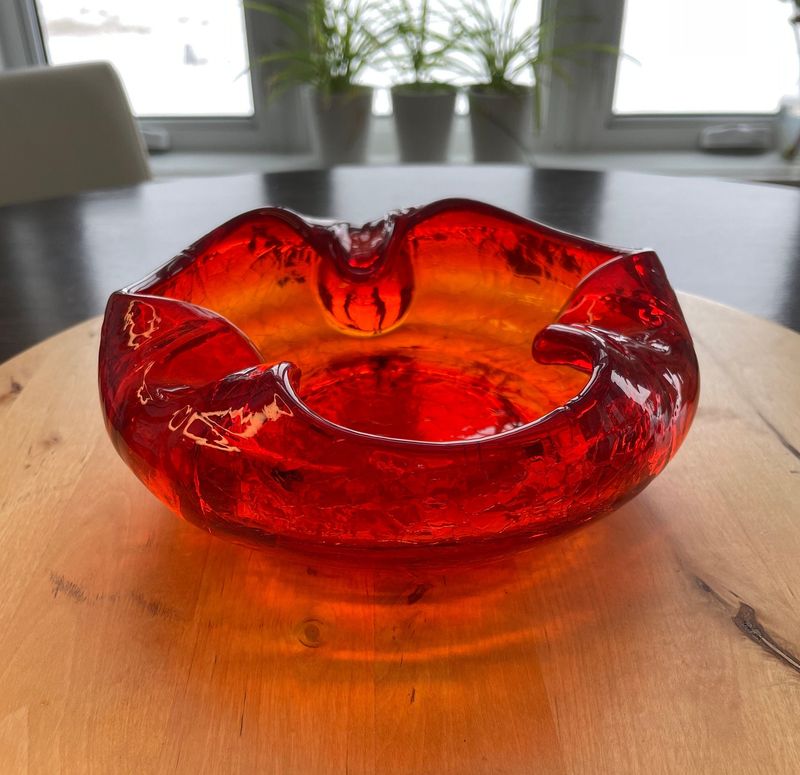
Smoking may have fallen out of fashion, but vintage ashtrays haven’t exactly caught fire in the collectibles market. Despite their often creative designs, most mid-century ashtrays sell for just $5-15 apiece.
The market is flooded with these once-essential household items from the 1950s-70s. Even colorful examples from popular materials like milk glass, ceramic, or pressed glass rarely fetch more than $20. The exceptions are designer pieces from notable artists or high-end brands like Murano glass or Georg Jensen.
Many people repurpose these nostalgic items as trinket dishes or candle holders today. If you have some gathering dust, consider their decorative potential rather than their resale value. Sometimes creativity trumps collectibility when it comes to yesterday’s smoking accessories.
5. Patterned Corelle Dishware
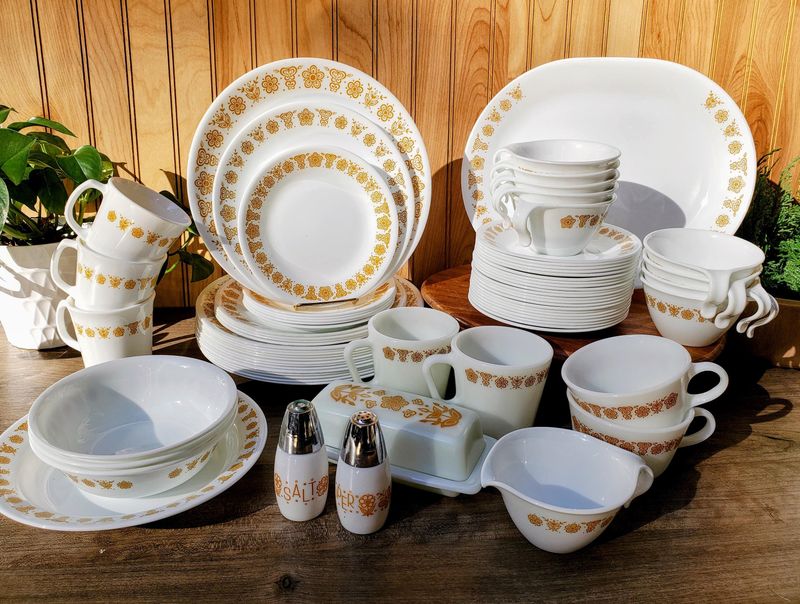
Those flower-adorned Corelle plates might trigger nostalgic memories of family dinners, but they won’t trigger a bidding war. Developed in the 1970s, Corelle’s virtually unbreakable dishware became a kitchen staple in countless American homes.
Popular patterns like Butterfly Gold, Spring Blossom, and Blue Cornflower can be found at nearly any thrift store for mere dollars. Complete sets in good condition might fetch $30-60, hardly a windfall. The durability that made these dishes popular also means millions still exist in excellent condition.
If you inherited mom’s Corelle collection, you’re better off enjoying their practical benefits than hoping for collector interest. Their lightweight, stackable design remains genuinely useful today – a case where function definitely outweighs investment potential in the vintage marketplace.
6. Lace Doilies
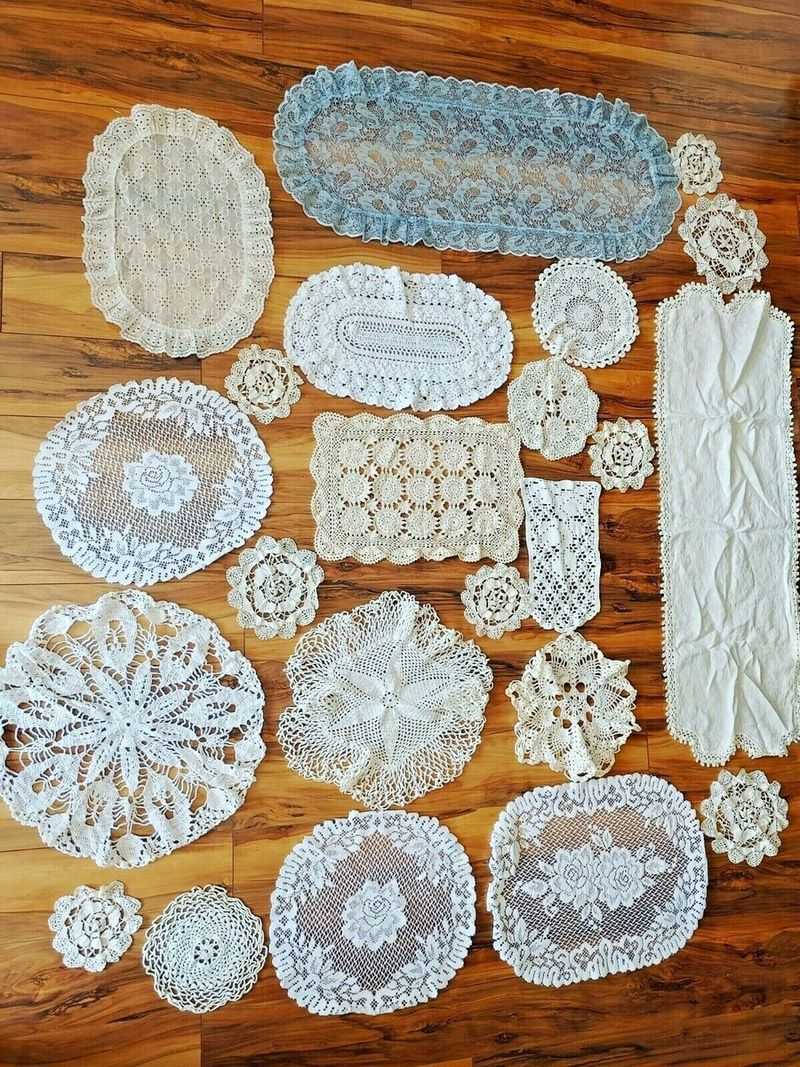
Handcrafted with patience and skill, vintage lace doilies nonetheless fail to command impressive prices today. These delicate table protectors once graced nearly every surface in grandmother’s formal living room.
Despite hours of intricate handwork, most vintage doilies sell for just $3-10 each at antique shops. Even larger hand-crocheted tablecloths rarely exceed $30-40 unless they’re extraordinarily elaborate or in pristine condition. The market simply lacks sufficient demand as decorating styles have changed dramatically.
Creative repurposing offers better value than reselling these textile treasures. Crafters transform vintage doilies into dreamcatchers, lampshades, and even wedding dress embellishments. Honoring the handiwork through new uses pays better tribute to their makers than letting them languish in storage or selling them for disappointing sums.
7. Milk Glass Vases
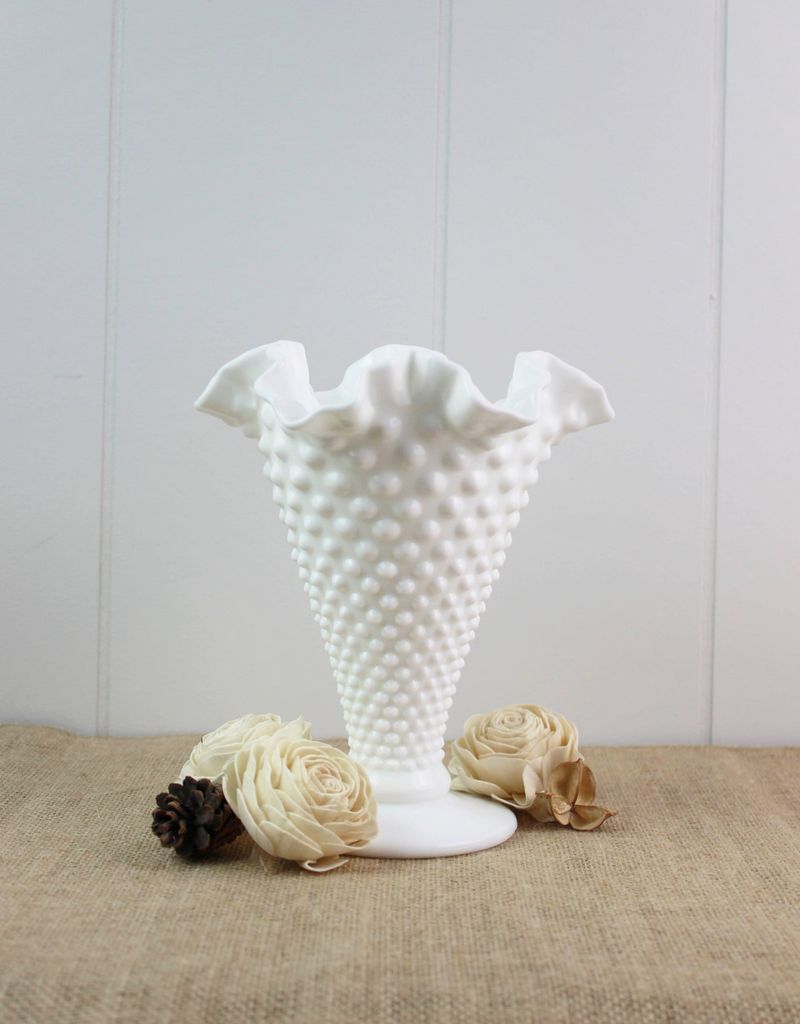
The milky white elegance of vintage milk glass might catch your eye, but it won’t catch high dollar offers from collectors. These opaque glass pieces enjoyed massive popularity from the 1930s through the 1970s, resulting in a market saturated with common patterns.
Most standard milk glass vases and bowls sell for $10-25 today, regardless of their age or maker. Even pieces from well-known manufacturers like Fenton or Westmoreland rarely command premium prices unless they’re unusual shapes or rare patterns. The classic hobnail design appears everywhere from yard sales to thrift shops nationwide.
Wedding decorators often seek these pieces for centerpieces, creating modest but steady demand. If you’ve inherited milk glass, consider enjoying its timeless look rather than hoping for significant resale value. Their clean aesthetic complements many decorating styles despite their limited monetary worth.
8. Collectible Souvenir Spoons
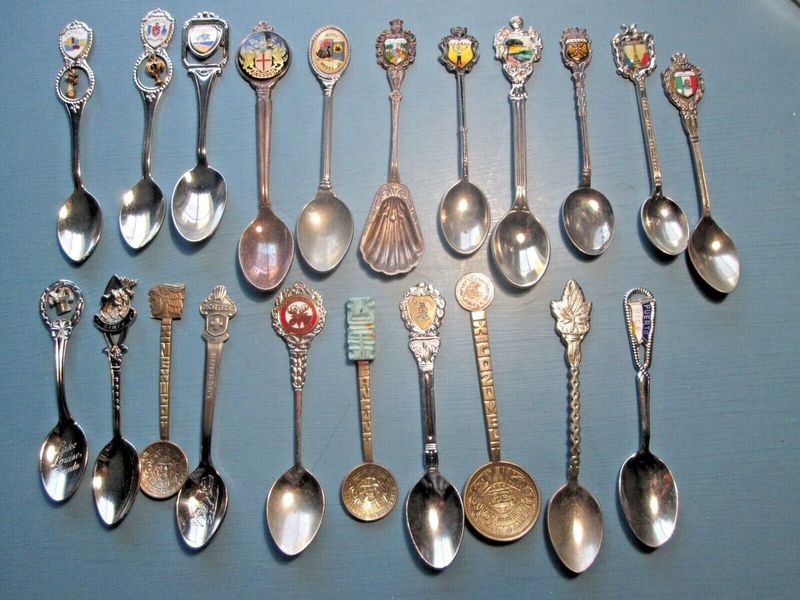
Those tiny decorative spoons from grandma’s travels won’t fund your next vacation. Souvenir spoon collecting boomed from the 1890s through the 1970s, leaving behind millions of these miniature mementos.
Most vintage souvenir spoons sell for just $3-8 each in today’s market. Even sterling silver examples rarely exceed $15-20 unless they commemorate truly significant historical events or come from exotic locations. The market became oversaturated as generations of travelers brought these easy-to-pack souvenirs home from every destination.
Complete collections might attract slightly better offers from specialized collectors, particularly if they include unusual or early examples. However, the emotional value of grandma’s travel history often exceeds the monetary worth. Consider displaying them in a shadow box as a family travel timeline rather than selling them for disappointing returns.
9. Ceramic Rooster Kitchenware
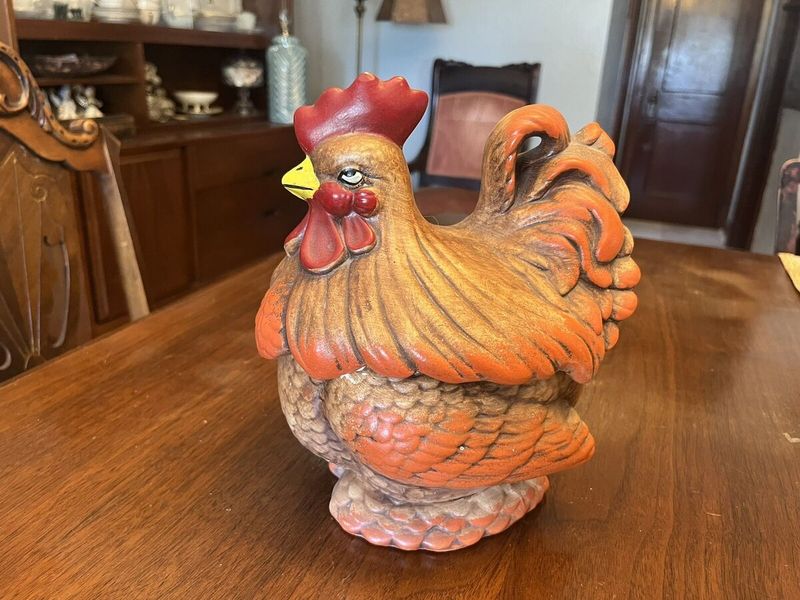
Those colorful ceramic roosters that once ruled farmhouse kitchens haven’t crowed their way to high values. Cookie jars, salt and pepper shakers, and wall pockets featuring cocky roosters were kitchen staples from the 1940s through the 1970s.
Most vintage rooster items sell for $15-30 each in today’s market. Even complete sets or larger pieces rarely exceed $40-50 unless they’re from prestigious makers like Metlox or Hull. The country kitchen aesthetic continues to inspire reproduction pieces, further diluting the market for vintage originals.
If you’ve inherited ceramic roosters, their greatest value lies in their retro charm rather than resale potential. Modern farmhouse decorating has revived interest in these feathered friends, but primarily as decorative items rather than valuable collectibles. They add personality to kitchen shelves without adding much to your bank account.
10. Needlepoint Wall Art
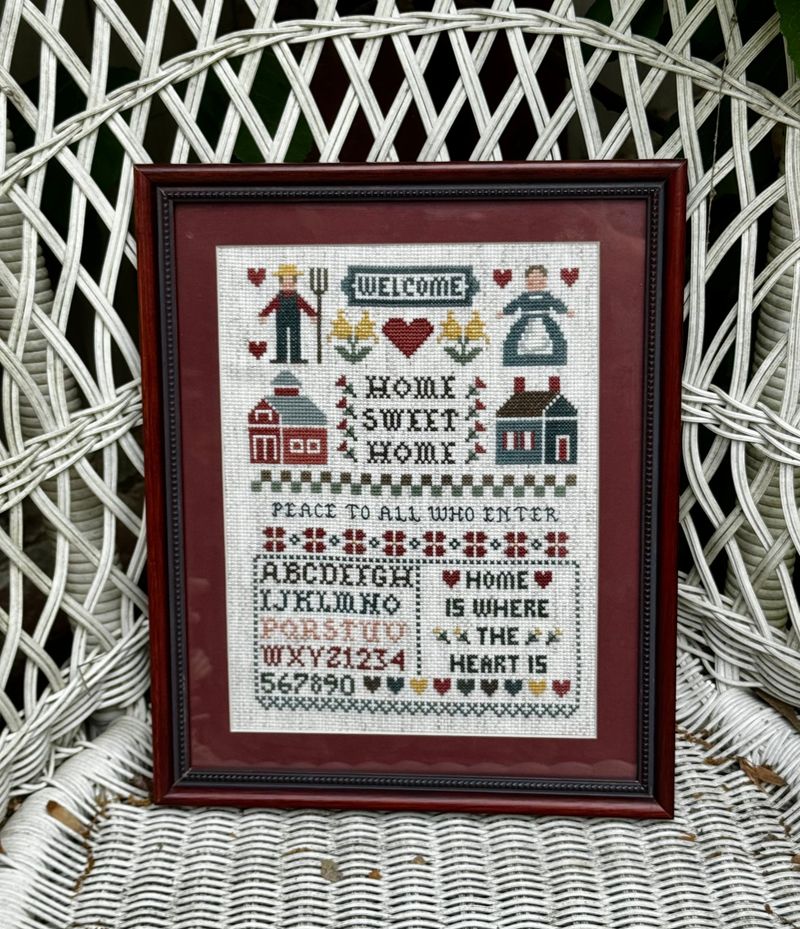
Hours of painstaking stitchwork went into those framed needlepoint scenes, but sadly, the market values them at mere dollars today. Handcrafted samplers, landscapes, and floral arrangements that once adorned countless living room walls now languish in thrift shops.
Most vintage needlepoint pieces sell for just $10-25, regardless of their complexity or condition. The labor-intensive craft represents countless hours of work that the current market simply doesn’t monetarily appreciate. Even large, intricate pieces rarely exceed $40-50 unless they’re antique or feature unusual subject matter.
The craftsmanship deserves more respect than these prices suggest. If you’ve inherited needlepoint art, consider whether the family connection makes it worth keeping rather than selling for disappointing sums. Some crafters even repurpose vintage needlepoint into pillows or bags, giving these handmade treasures new life.
11. Old Alarm Clocks
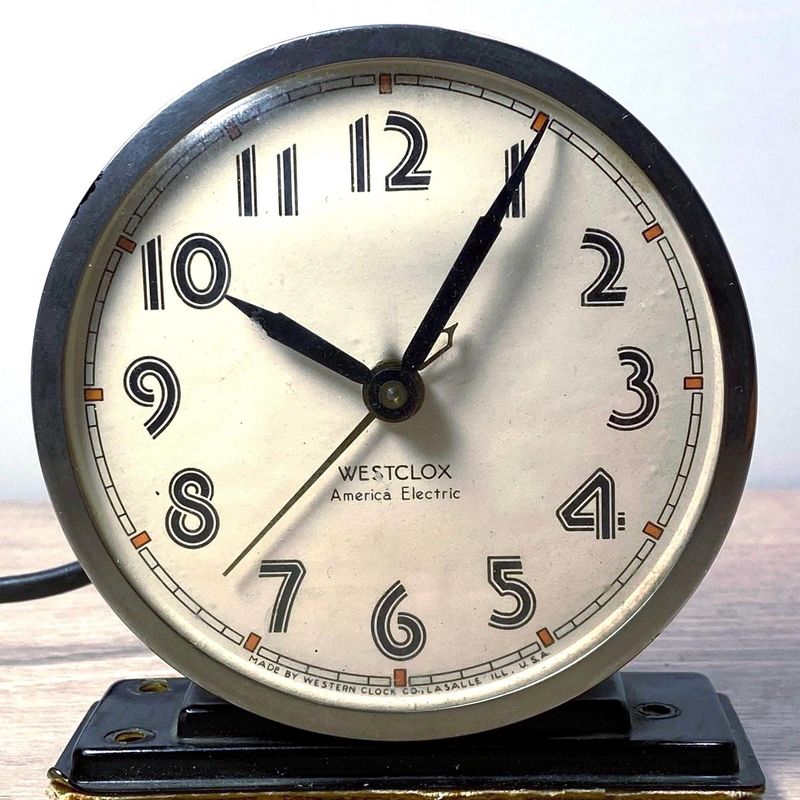
Those vintage ticking timepieces might wake you up, but their values won’t give you a jolt. Mid-century alarm clocks from brands like Westclox, General Electric, and Seth Thomas flooded American bedrooms for decades.
Most vintage alarm clocks from the 1950s-70s sell for just $15-30 today, even in working condition. Their simple mechanisms often require cleaning or repair, further reducing their appeal to casual collectors. Only rare examples with unusual features or designs from prestigious makers command higher prices.
The distinctive ring of these mechanical alarms triggers nostalgia for many, giving them emotional value beyond their modest price tags. If you’ve inherited old alarm clocks, consider displaying them as retro decor rather than selling them. Their distinctive mid-century styling adds character to bookshelves or nightstands despite their limited monetary worth.
12. Brass Candlesticks
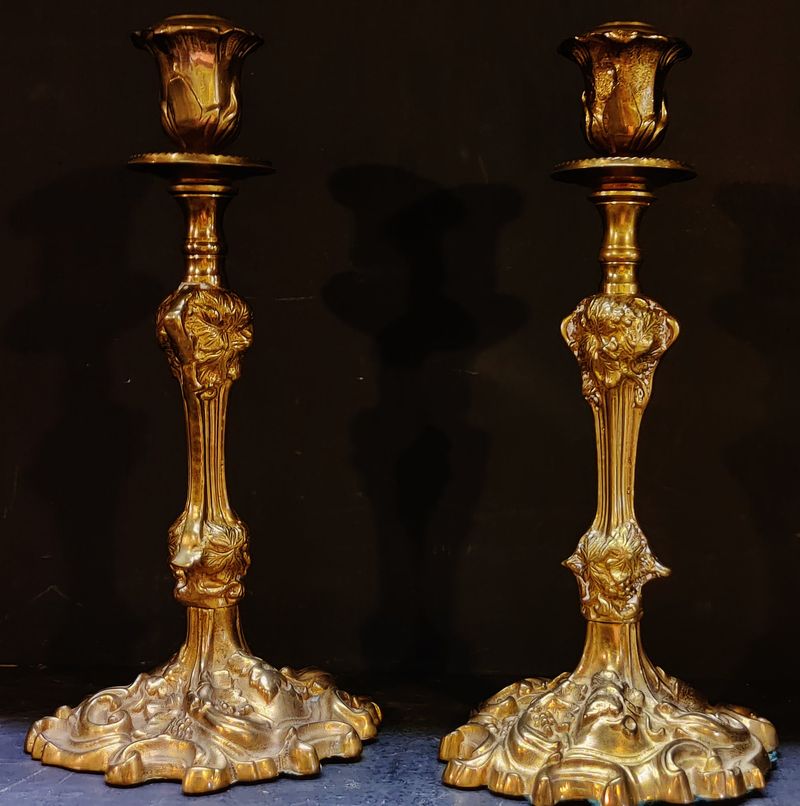
Those weighty brass candlesticks might feel substantial in your hand, but their market value remains surprisingly light. Once essential household items, brass candleholders from the mid-20th century now populate thrift stores nationwide.
Most vintage brass candlesticks sell for $8-25 per pair, regardless of their age or design. Even elaborate examples with interesting details rarely exceed $30-40 unless they’re antique or from notable designers. The market became saturated as electric lighting rendered them decorative rather than functional.
Polishing these tarnished treasures requires significant elbow grease, further diminishing their appeal to casual collectors. If you’ve inherited brass candlesticks, consider using them during power outages or for creating ambient dining experiences. Their warm glow adds more value to your home atmosphere than their resale would add to your wallet.
13. Wicker Magazine Racks
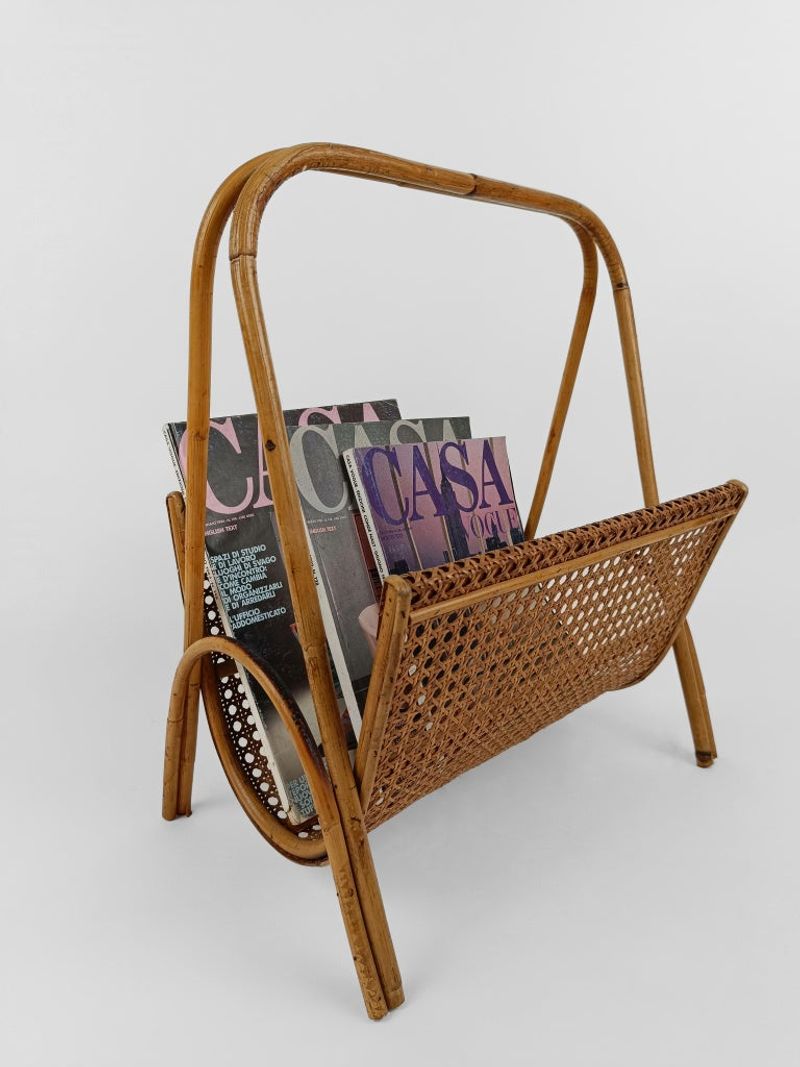
Those woven wicker magazine holders might look charmingly retro, but they won’t weave financial magic at resale. Popular from the 1950s through the 1970s, these floor-standing or wall-mounted organizers once corralled Reader’s Digest and Life magazines in countless living rooms.
Most vintage wicker magazine racks sell for just $20-35 in today’s market. Even well-preserved examples rarely fetch more than $40-50. Their bulky size makes shipping expensive, further limiting their appeal to online buyers.
Modern decorators occasionally seek these pieces for boho or coastal styling, giving them modest but steady demand. If you’ve inherited a wicker magazine rack, consider repurposing it for blanket storage or bathroom organization rather than selling it for disappointing returns. Their natural texture adds warmth to contemporary spaces despite their limited collector value.
14. Avon Perfume Bottles
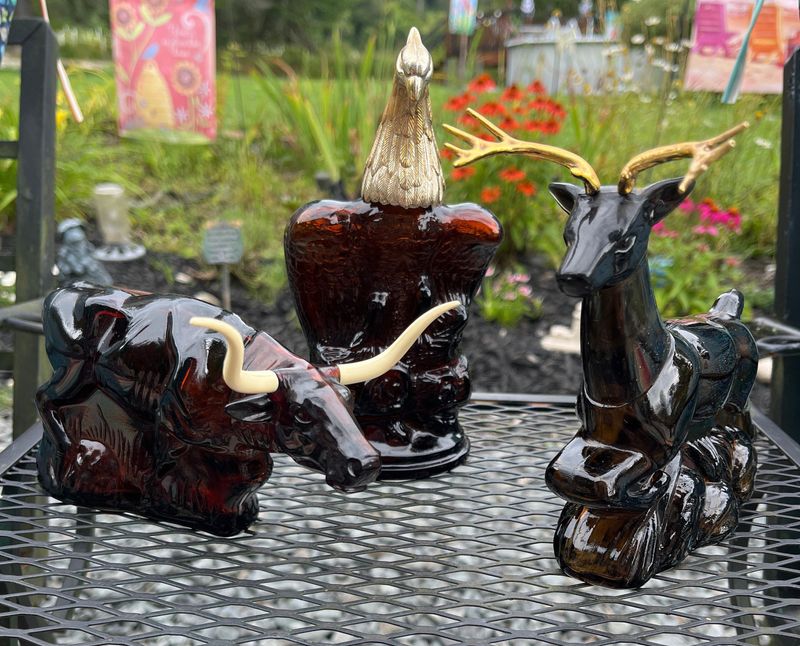
Those quirky Avon cologne bottles shaped like cars, animals, and figurines might charm display shelves but won’t charm serious collectors’ wallets. From the 1960s through the 1990s, Avon produced countless novelty containers that now flood the collectibles market.
Most vintage Avon bottles sell for just $5-15 each, even with original boxes. The company manufactured these items in massive quantities, making them far from rare. Only the earliest examples or unusual limited editions occasionally command prices above $25.
The nostalgic appeal often exceeds the monetary value for these whimsical pieces. If you’ve inherited Avon bottles, consider displaying your favorites as conversation pieces rather than hoping for significant resale value. Their kitschy charm captures a specific era of American marketing that deserves appreciation, even if their collector value disappoints.
15. Embroidered Handkerchiefs
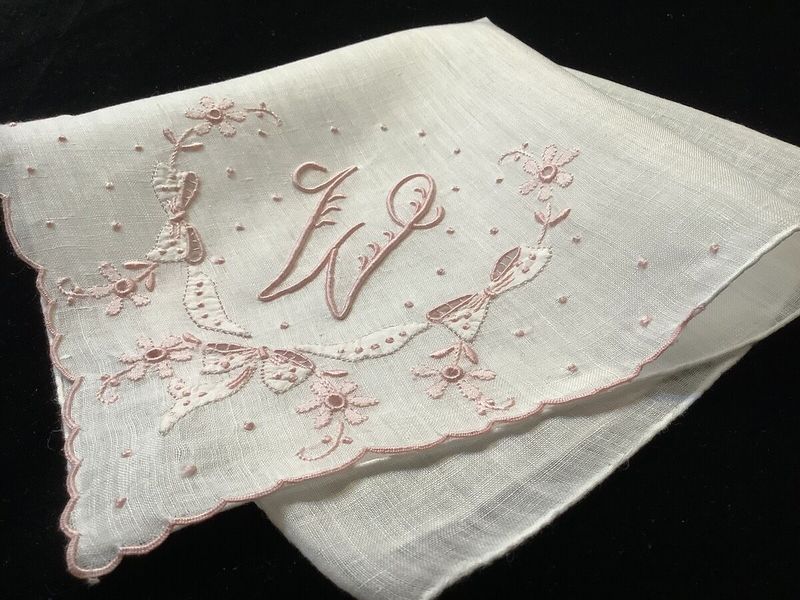
Delicately stitched with colorful flowers and monograms, vintage handkerchiefs represent beautiful handiwork but minimal investment value. These fabric squares were essential accessories and popular gifts throughout the first half of the 20th century.
Most vintage embroidered handkerchiefs sell for just $3-8 each in today’s market. Even elaborate examples with hand-rolled edges or extensive needlework rarely exceed $10-15. The market became oversaturated as handkerchiefs fell out of everyday use and older generations downsized their collections.
Crafters often repurpose these delicate squares into sachets, quilt squares, or framed art. If you’ve inherited handkerchiefs, their sentimental value likely exceeds their modest resale potential. Consider preserving family examples as heirlooms or incorporating them into memory projects rather than selling them for disappointing returns.
16. Wooden Salad Bowls
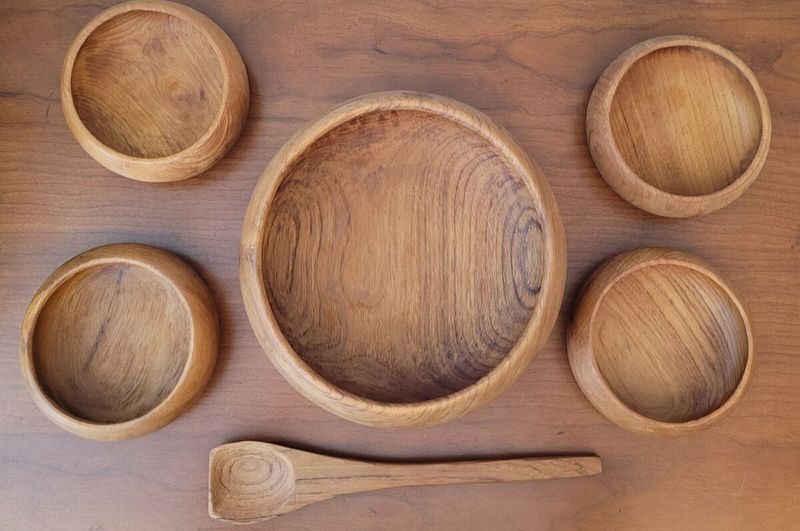
Those hefty wooden salad bowls from the 1960s and 70s won’t toss up impressive prices in today’s market. Once a wedding registry staple, these large wooden serving pieces were essential for entertaining in mid-century America.
Most vintage wooden salad bowls sell for $15-30, even with matching servers. The market contains abundant examples from manufacturers like Goodwood and Baribocraft. Only rare examples from high-end makers like Paul McCobb or Danish modern designers command premium prices.
The good news? These practical pieces remain perfectly usable today. If you’ve inherited wooden salad bowls, consider conditioning them with food-safe oil and putting them back into kitchen rotation. Their warm organic texture complements contemporary dining styles, making them more valuable as functional items than as collectibles awaiting resale.
17. Plastic Flower Arrangements (Don’t Bother)
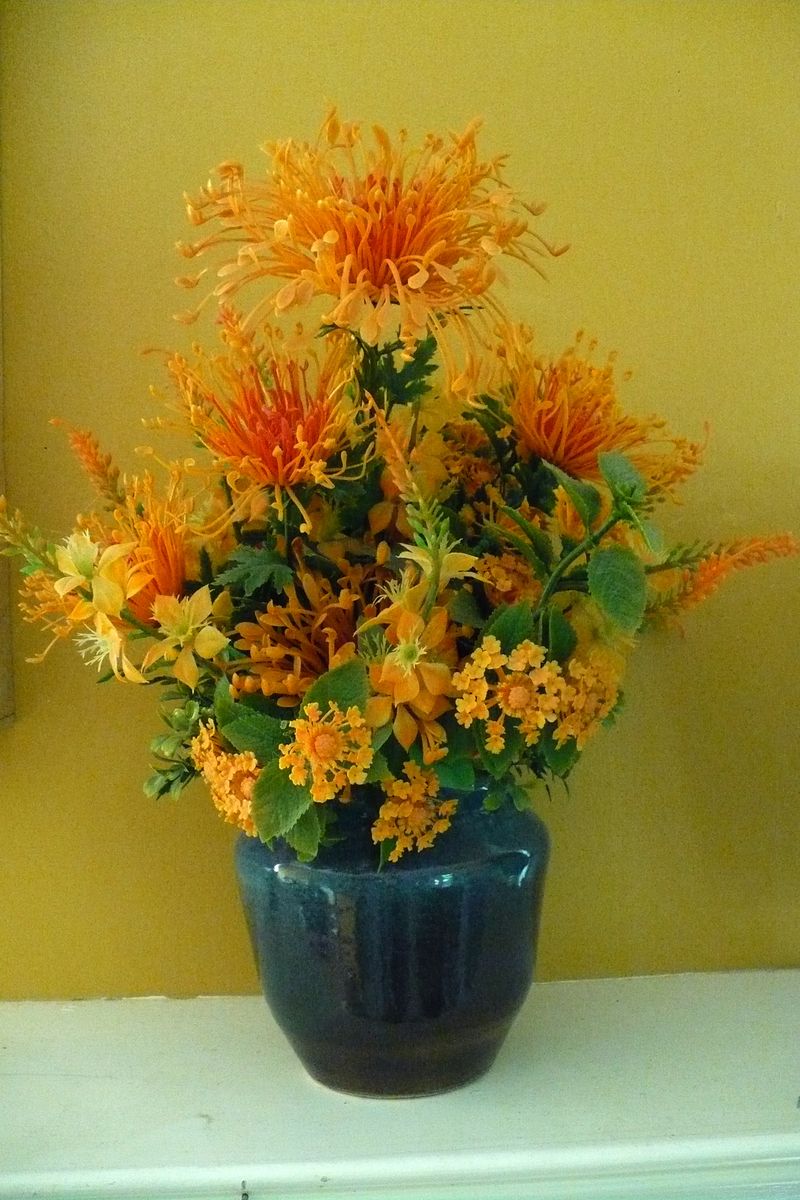
Those dusty artificial flower arrangements from the 1970s and 80s should head straight to the donation bin. Faded plastic roses and polyester daisies stuffed into ceramic planters were once household staples but now repel rather than attract buyers.
Most vintage plastic flower arrangements have zero resale value beyond yard sale pennies. Their materials deteriorate over time, becoming brittle, discolored, and impossible to clean effectively. Even arrangements in their original containers rarely generate interest from collectors or decorators.
Unlike some vintage items that have enjoyed revival through retro trends, artificial flowers from this era remain firmly out of fashion. If you’ve inherited these dusty relics, save yourself cleaning time and storage space by discarding them without guilt. Modern artificial botanicals offer vastly improved realism if you’re seeking low-maintenance greenery.
18. Souvenir Thimbles (Don’t Bother)
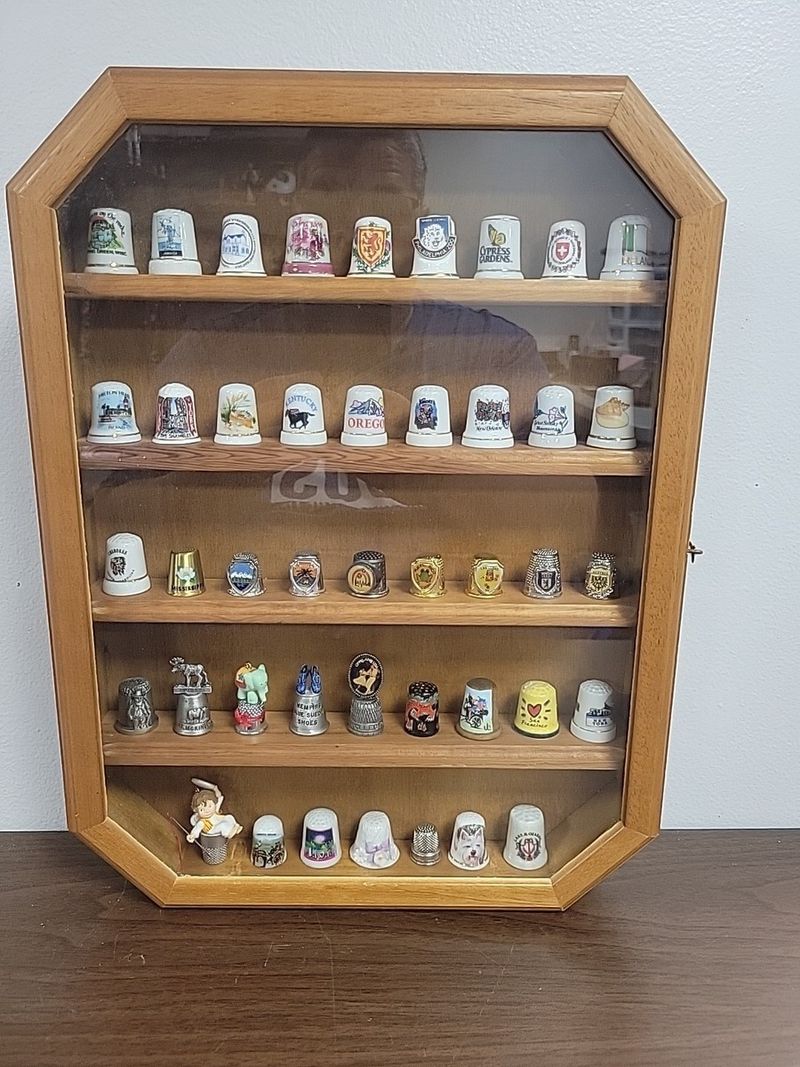
Those tiny souvenir thimbles from tourist destinations worldwide won’t stitch together any significant value. Popular from the 1960s through the 1990s, these miniature collectibles occupied dedicated display racks in countless homes.
Most vintage souvenir thimbles sell for just $1-3 each, if they sell at all. Even complete collections with dozens of examples rarely command more than bulk pricing. Their diminutive size makes them easy to damage and difficult to display effectively, further limiting their appeal to potential buyers.
The market has become thoroughly saturated as older collectors downsize. If you’ve inherited a thimble collection, save yourself the effort of trying to sell them individually. Consider donating the collection to a senior center craft room where they might actually serve their intended purpose rather than gathering dust as disappointing investments.
19. Generic Commemorative Plates (Don’t Bother)
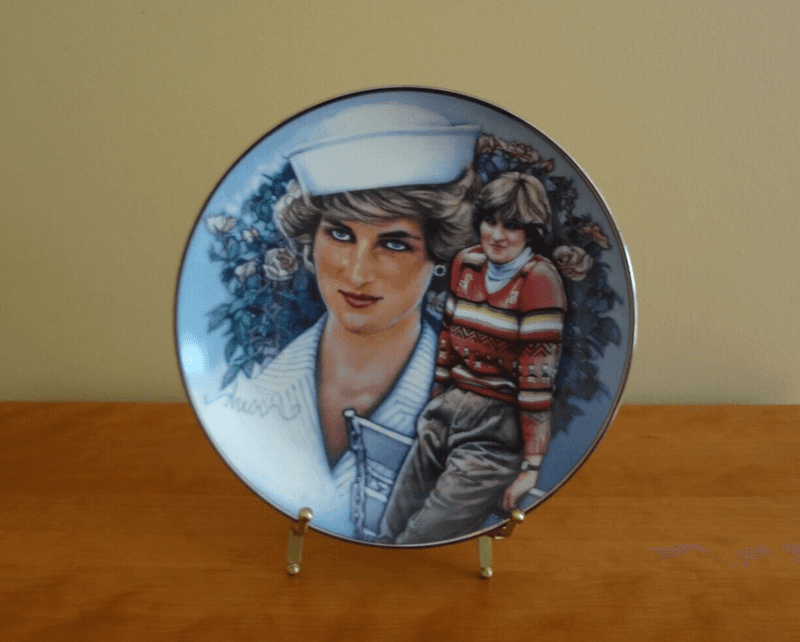
Those limited-edition collector plates commemorating everything from royal weddings to Elvis aren’t the valuable investments once promised. Marketed heavily through magazine ads from the 1970s-1990s, these mass-produced ceramics now languish in thrift stores nationwide.
Most commemorative plates sell for $5-10 each, a fraction of their original purchase price. Even complete sets with certificates of authenticity rarely fetch more than $15-20 per plate. Manufacturers like Bradford Exchange and Franklin Mint produced these items by the millions, making them far from rare despite their “limited edition” marketing.
The collector plate bubble has thoroughly burst, leaving many original buyers disappointed. If you’ve inherited these dust collectors, save yourself the effort of seeking specialized buyers. Consider donating them or repurposing particularly attractive examples as actual serving pieces rather than treating them as valuable collectibles.
20. Broken Cuckoo Clocks (Don’t Bother)
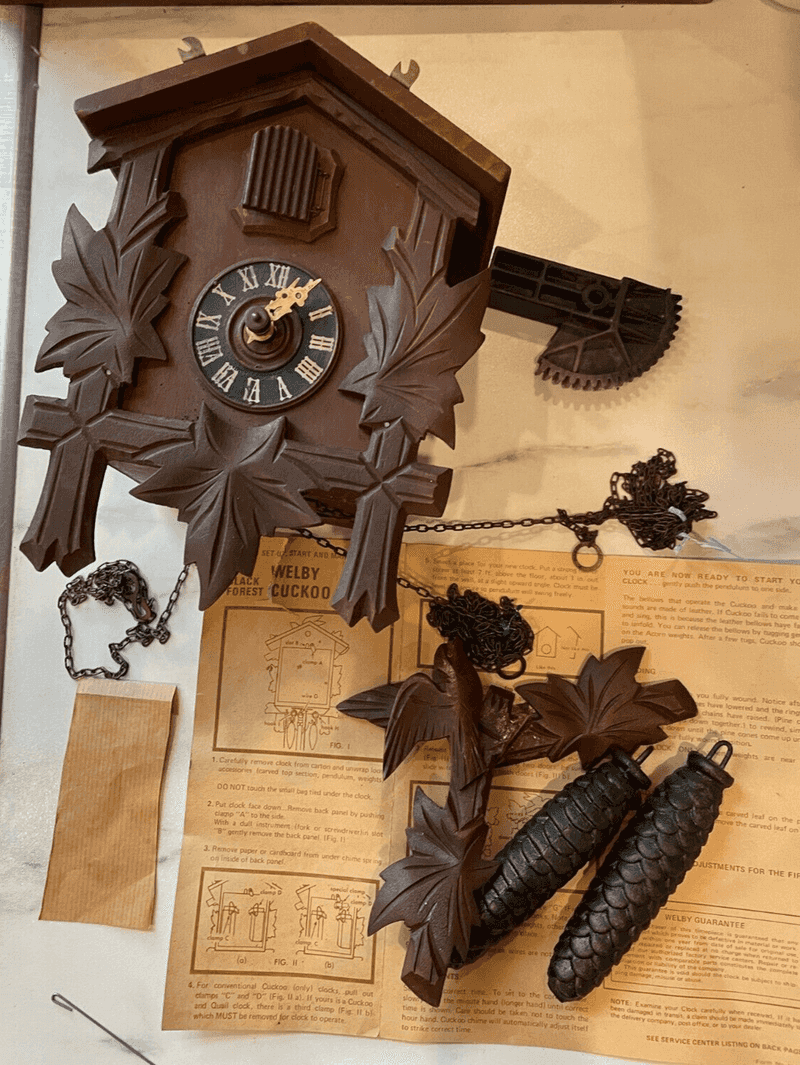
That silent cuckoo clock with missing weights and broken birds isn’t worth the repair costs. Non-functioning Black Forest-style clocks from the mid-20th century fill antique mall shelves with optimistic price tags that rarely match buyer interest.
Most broken cuckoo clocks sell for just $10-25, if they sell at all. Professional repairs often exceed $200-300, making restoration economically impractical for common models. Only genuine antique examples or clocks from prestigious makers like Hubert Herr or Anton Schneider merit repair investment.
The intricate mechanisms require specialized knowledge to fix properly. If you’ve inherited a broken cuckoo clock, consider salvaging decorative elements for crafting projects rather than attempting to sell it as a repairable timepiece. The carved wooden cases sometimes attract upcyclers who repurpose them into shadow boxes or unique wall art.
21. Outdated VHS Movie Sets (Don’t Bother)
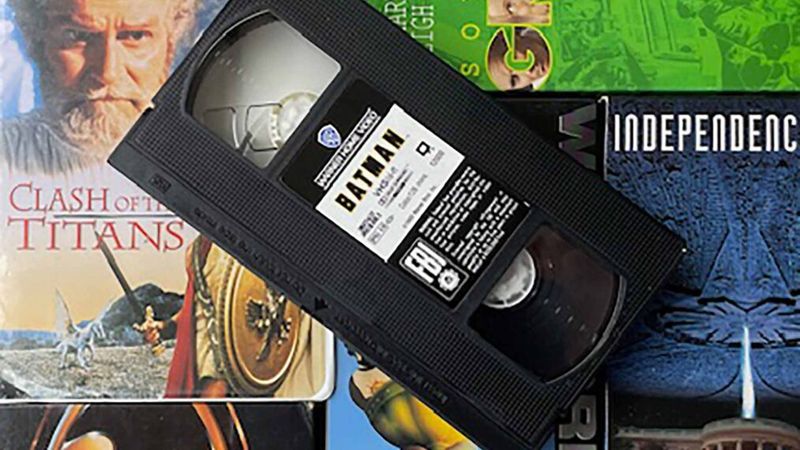
Those boxed sets of VHS tapes won’t rewind to better values no matter how long you keep them. Complete collections of Star Wars, Disney classics, or James Bond movies that once commanded premium prices now struggle to find buyers at any price.
Most VHS movie collections have essentially zero resale value beyond yard sale quarters. Even sealed, never-opened sets rarely fetch more than $5-10 total. The obsolete format, deteriorating magnetic tape, and wide availability of digital alternatives have demolished the market for these once-prized possessions.
A handful of obscure horror titles or unreleased versions occasionally attract niche collectors, but mainstream titles remain virtually worthless. If you’ve held onto VHS collections hoping for a comeback, it’s time to face reality. Consider recycling the tapes properly rather than contributing to landfill waste when you finally declutter.

